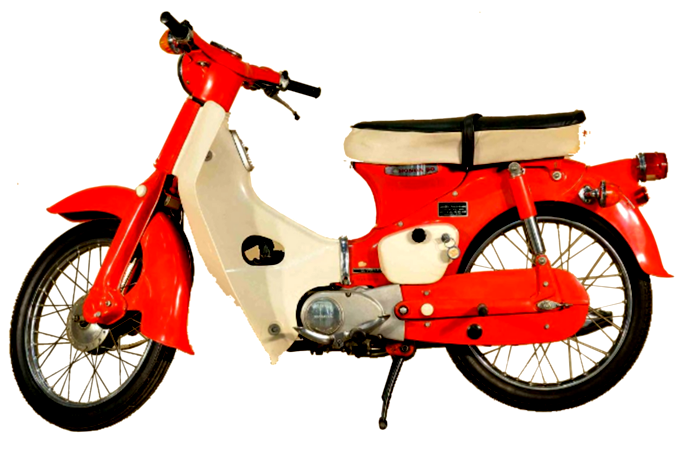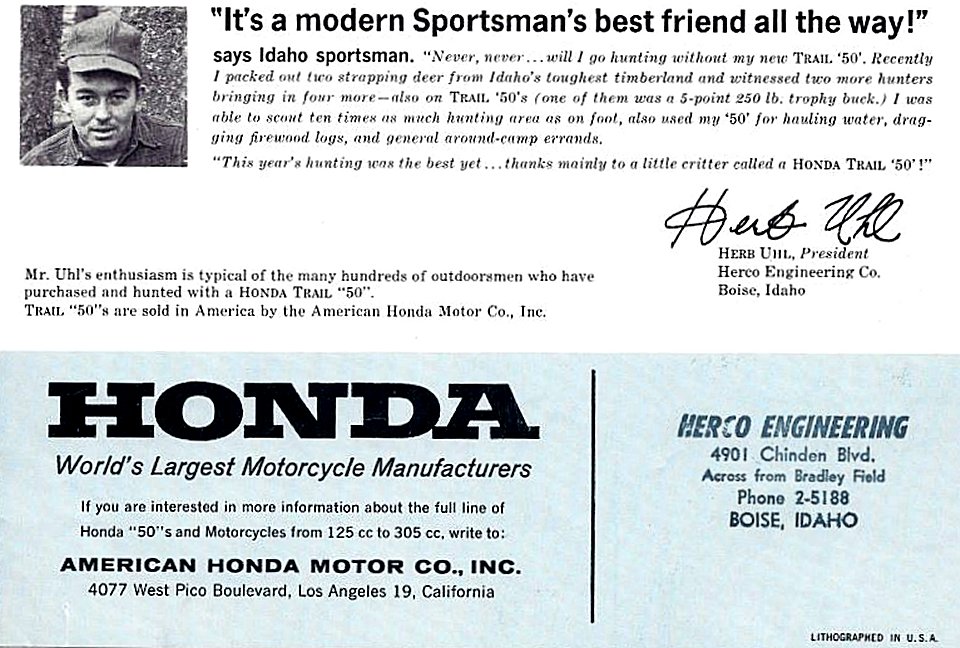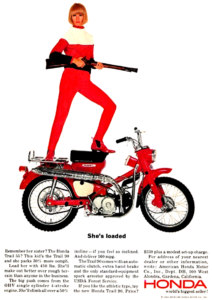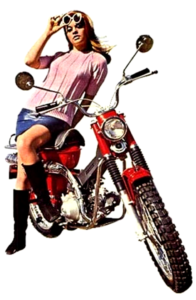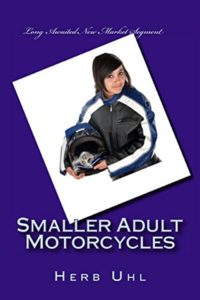In How to Make a Patent for an Idea: Survive the Invention Process, Help Humanity, and Make a Ton of Money, Herb Uhl, a practical inventor renowned for creating the first two-wheeled ATV, delivers an indispensable guide for aspiring inventors. At 95 years old, Uhl’s wealth of experience and passion for innovation shine through every page, making this #1 New Release book stand out in patenting and product development literature.
A Comprehensive Guide with a Unique Perspective
Its comprehensive and realistic approach sets Uhl’s book apart from others on the same topic. Uhl thoroughly explores various strategies for developing product ideas and engaging in advanced thinking processes. He helps readers determine whether the patent process suits their invention, offering the valuable insight that patenting isn’t always the best route. Instead, he introduces the option of bypassing the patent route to go straight to manufacturing and marketing. This approach emphasizes working smarter, not harder, to achieve financial success.
Encouraging Innovation and Overcoming Fear
One of the most inspiring aspects of Uhl’s book is his unwavering belief that everyone has a million-dollar idea capable of benefiting society. He urges readers not to let fear or self-doubt prevent them from sharing their ideas. Instead, he encourages proactive participation in the evolutionary process of innovation, emphasizing the importance of every idea as a link to future progress. Uhl’s motivational tone is infectious, instilling confidence and possibility in his readers.
Overcoming Subconscious Hurdles
Uhl’s straightforward writing style makes complex concepts accessible, ensuring readers can follow along without feeling overwhelmed. He addresses the subconscious hurdles that often prevent people from pursuing their inventive ideas, offering practical advice on building confidence and taking decisive action.
The Risks and Rewards of Patenting
While Uhl advocates protecting intellectual property, he also cautions inventors about potential pitfalls. He discusses how the patent process can sometimes backfire, leading to complications that may deter or financially burden inventors. Furthermore, he warns against the risks associated with bank financing and partnerships with organizations like the Small Business Administration (SBA), which may not always have the inventor’s best interests at heart.
The Revised Poor Man’s Patent
For those operating on a tight budget, Uhl introduces a revised version of the “poor man’s patent.” This method provides a cost-effective way for inventors to safeguard their ideas while they test the market.
Practical Advice for Market Success
Drawing from his extensive experience, Uhl shares valuable insights into successfully bringing a product to market. He emphasizes the importance of product sizing for optimal shelf display and efficient shipping and highlights the benefits of utilizing free packaging materials, reducing costs, and enhancing profitability.
Cautionary Tales and Actionable Advice
Uhl’s extensive experience is evident as he shares cautionary tales that cover all aspects of idea promotion, patenting, manufacturing, funding, and partnering. These stories serve as warnings and lessons, guiding readers through potential pitfalls with actionable advice. Uhl’s guidance is practical and grounded, making complex processes understandable and manageable for readers at any stage of their invention journey.
Experience the Fulfillment of Innovation
How to Make a Patent for an Idea is more than just a guide to the patenting process; it’s an invitation to experience the exhilaration and fulfillment of bringing an idea to market. Uhl’s wisdom, accumulated over a lifetime of inventing and repurposing, allows readers to significantly impact the world while achieving personal satisfaction and financial rewards. His concise, no-nonsense delivery ensures that readers can quickly grasp and apply the concepts, making this book a practical manual for anyone looking to successfully navigate the world of invention.
A Brief, No-Filler Approach
Uhl’s delivery is brief and to the point, stripping away unnecessary filler to focus on essential information. This approach ensures that readers can quickly grasp and apply the concepts, making the book a practical manual for inventors at any stage of their journey.
Conclusion
Herb Uhl’s How to Make a Patent for an Idea is a must-read for aspiring inventors. It combines practical advice with motivational guidance, making it an invaluable resource for those looking to turn their ideas into reality. Uhl’s passion for innovation and belief in every idea’s potential make this book an inspiring and practical tool for achieving success in the invention process. Whether you are a seasoned inventor or just starting, Uhl’s insights will help you navigate the complexities of patenting, manufacturing, and marketing your product, ultimately leading to personal and financial fulfillment.

Author: Herb Uhl
Herb Uhl, who pre-designed the Honda Trail 50 and is credited as the inventor of the two-wheeled ATV (All-Terrain Vehicle), has significantly impacted the motorcycle industry. His modification of Honda Cubs laid the groundwork for trail bikes, three-wheelers, and ATVs. Uhl’s “Smaller Adult Motorcycles: Long Awaited New Market Segment” proposes high-end motorcycles for shorter riders seeking quality rides. He taps into an untapped market segment, addressing motorcycle ergonomics for men and women of shorter stature 1.
Additionally, Uhl shares his story of creating the Honda Trail motorcycle, a pivotal moment in motorcycle industry history 2. His influence extends beyond inventions; it shapes how we ride today 3.
In summary, the book and Herb Uhl’s contributions offer valuable insights into patenting and motorcycle innovation. Whether you’re an inventor or a motorcycle enthusiast, their work is worth exploring.

